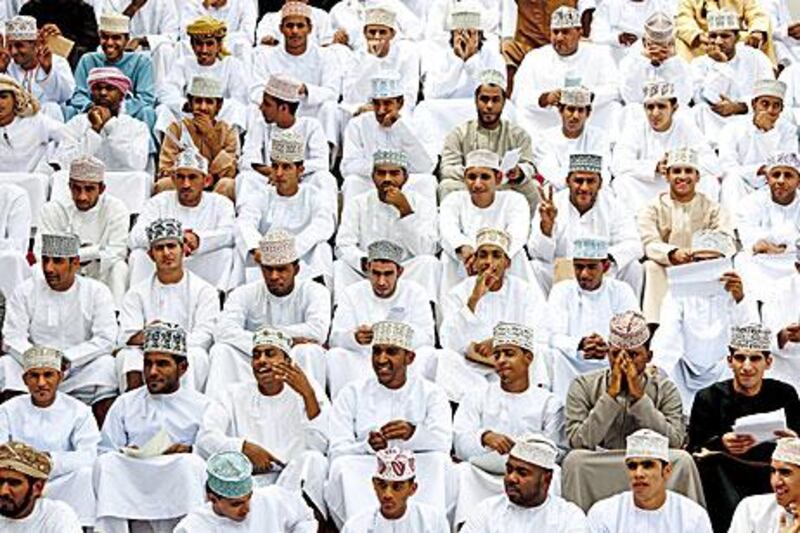Few would have thought the wave of popular protests sweeping the Middle East would come ashore in Oman in 2011.
The country has enjoyed decades of stability under Sultan Qaboos bin Said, a hugely popular leader who took power in 1970.
But in February, in Sohar, an industrial town in the north, protests broke out calling for more jobs, higher wages and an end to corruption. Clashes with police killed six people. For Oman, much of 2011 has been about tackling the issues underlying the rallies, which spread to other cities before subsiding.
Immediately after the Sohar protests, Sultan Qaboos reshuffled his cabinet, pledged to create 50,000 public sector jobs, raise the minimum wage and fight corruption.
He also promised the Shura Council, which until then had been a consultative body, would have some legislative powers.
The parliament now can question ministers, propose laws and suggest changes to government regulations. Also, the Shura’s chairman and his deputies are now to be elected by Shura members rather than appointed.
Beyond government reform, the opening in Muscat of the 1,100-seat Royal Opera House in October brought unprecedented glitter – and world-class musicians and artists – to the capital, Muscat





